10 Classic Car Features That Disappeared from Modern Vehicles
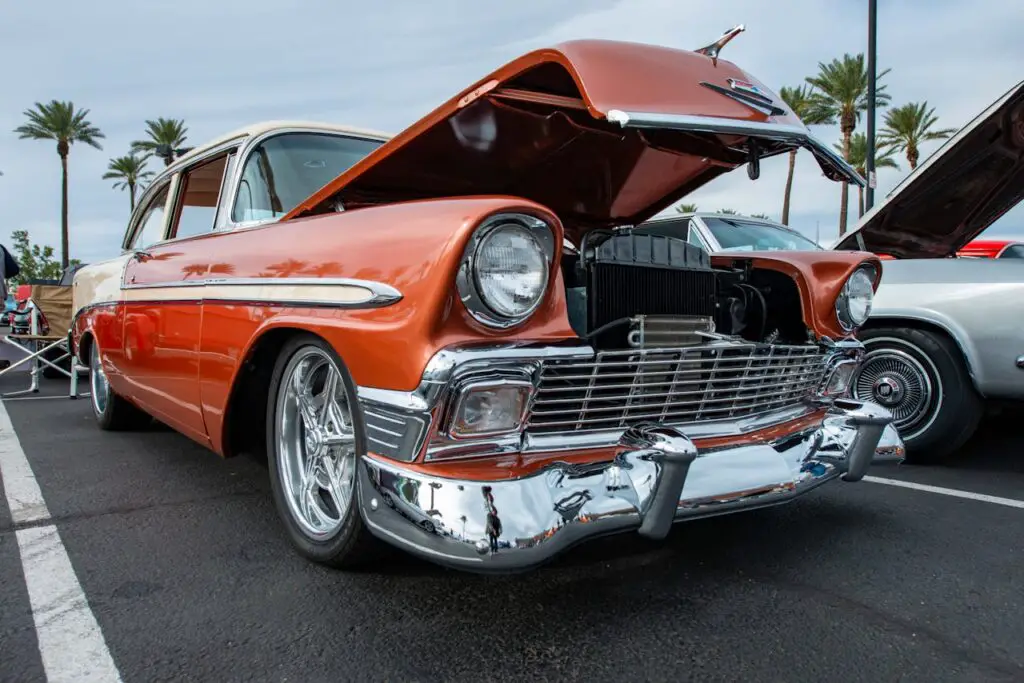
Cars have evolved dramatically over the years, with manufacturers focusing on safety, efficiency, and modern technology. While many of these advancements have improved the driving experience, they have also led to the disappearance of some beloved classic car features. From stylish pop-up headlights to functional vent windows, these features once defined vehicles in their respective eras. Although modern cars are equipped with high-tech features, some nostalgic elements of older vehicles are sorely missed by enthusiasts. Here are 10 classic car features that have disappeared from modern vehicles.
1. Pop-Up Headlights
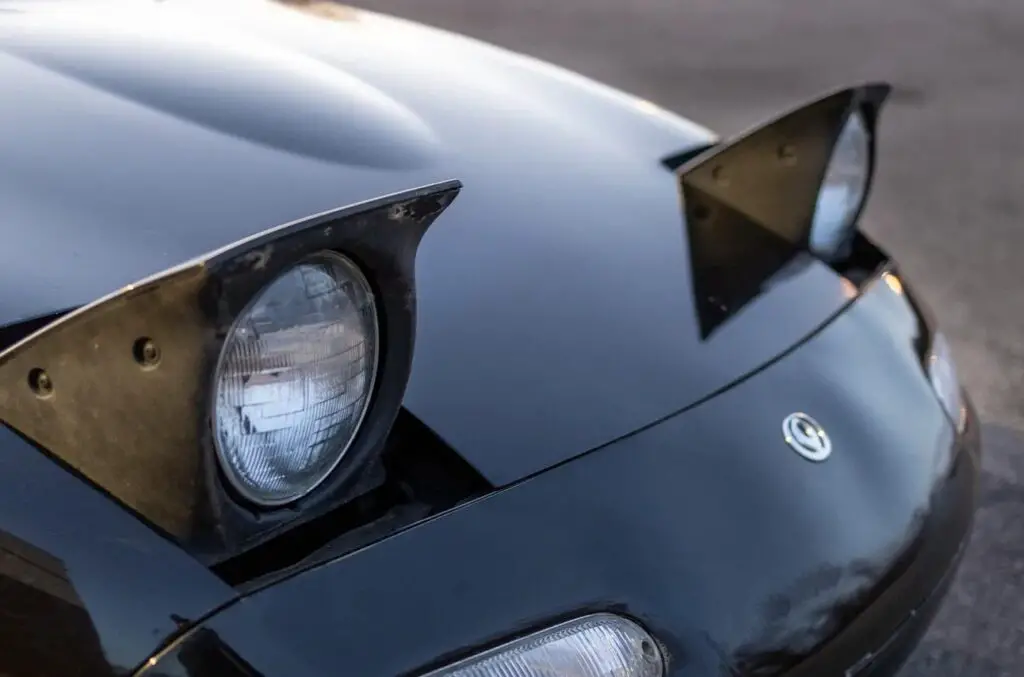
Pop-up headlights were a signature feature of many sports cars, offering a sleek and aerodynamic appearance when closed and an unmistakable charm when activated. Found in iconic models such as the Chevrolet Corvette, Mazda RX-7, and Ferrari Testarossa, these headlights added a futuristic look to cars. However, evolving safety regulations and pedestrian protection laws contributed to their demise. The complexity of moving parts also made them more prone to mechanical failures, leading manufacturers to phase them out in favor of fixed LED and projector headlights.
2. Vent Windows
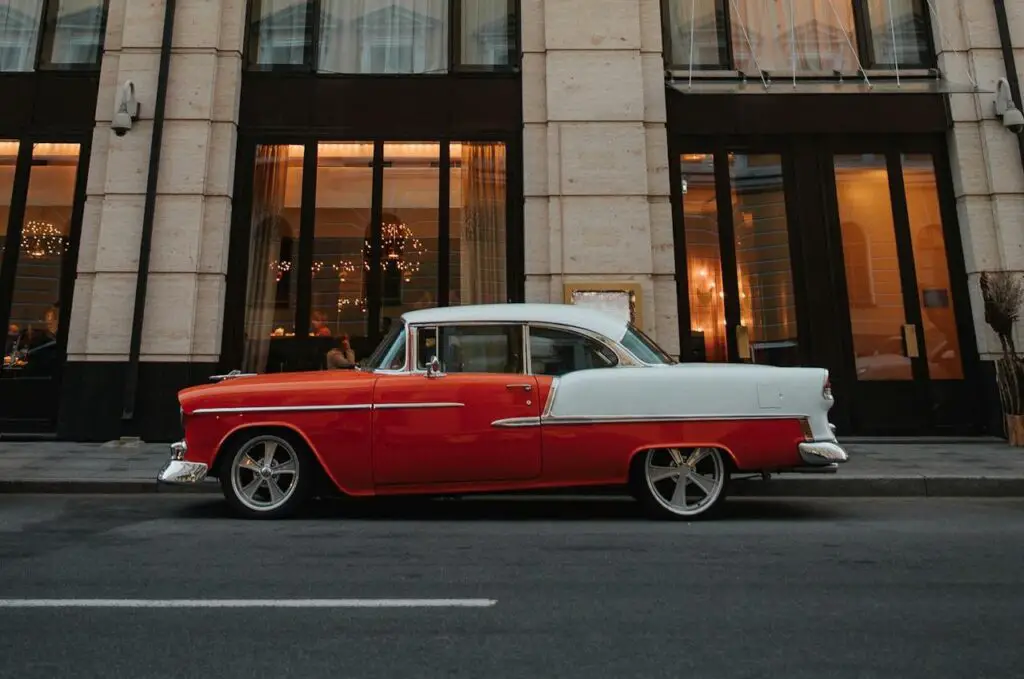
Before air conditioning became standard in vehicles, vent windows provided natural airflow inside the cabin. These small, triangular windows were positioned at the front of side windows and could be tilted open, allowing fresh air in without rolling down the entire window. They were particularly useful for smokers and for reducing wind turbulence while driving. As air conditioning systems became more affordable and aerodynamic efficiency became a priority, vent windows gradually disappeared from car designs in the late 1980s.
3. Front Bench Seats
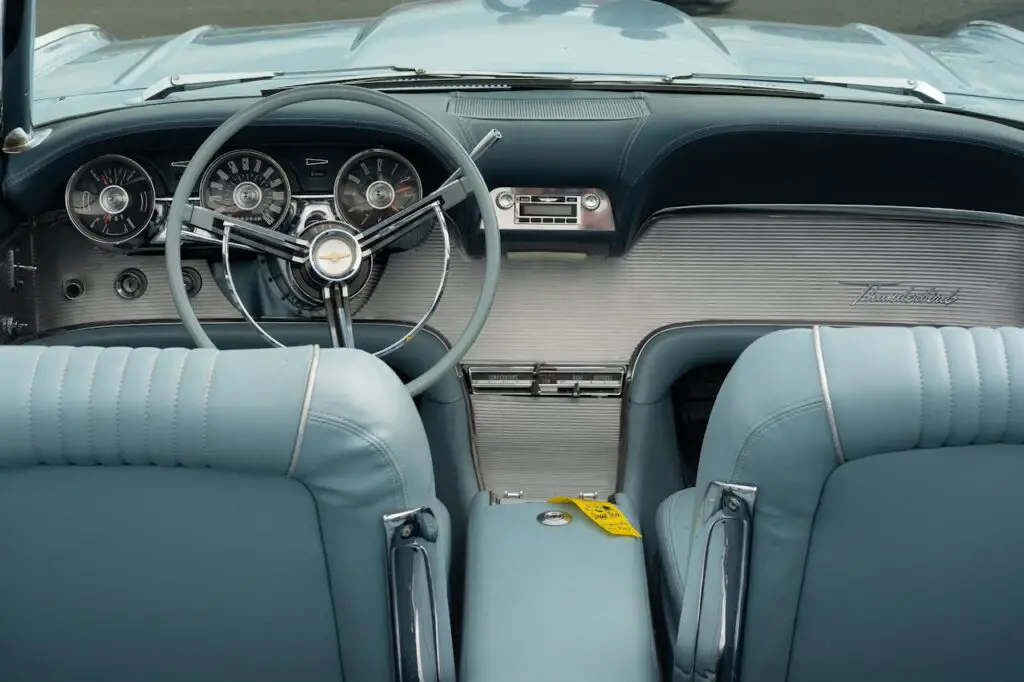
Front bench seats were once a common feature in large American sedans and pickup trucks, allowing for three passengers to sit comfortably in the front row. This seating arrangement provided a cozy and spacious ride, making road trips and daily commutes more enjoyable. However, the rise of bucket seats, center consoles, and the implementation of stricter safety regulations, such as the requirement for seat belts for all passengers, led to the disappearance of bench seats. By the late 1990s, they had been replaced by bucket seats in almost all passenger cars, though a few trucks continued to offer them for some time.
4. Manual Window Cranks
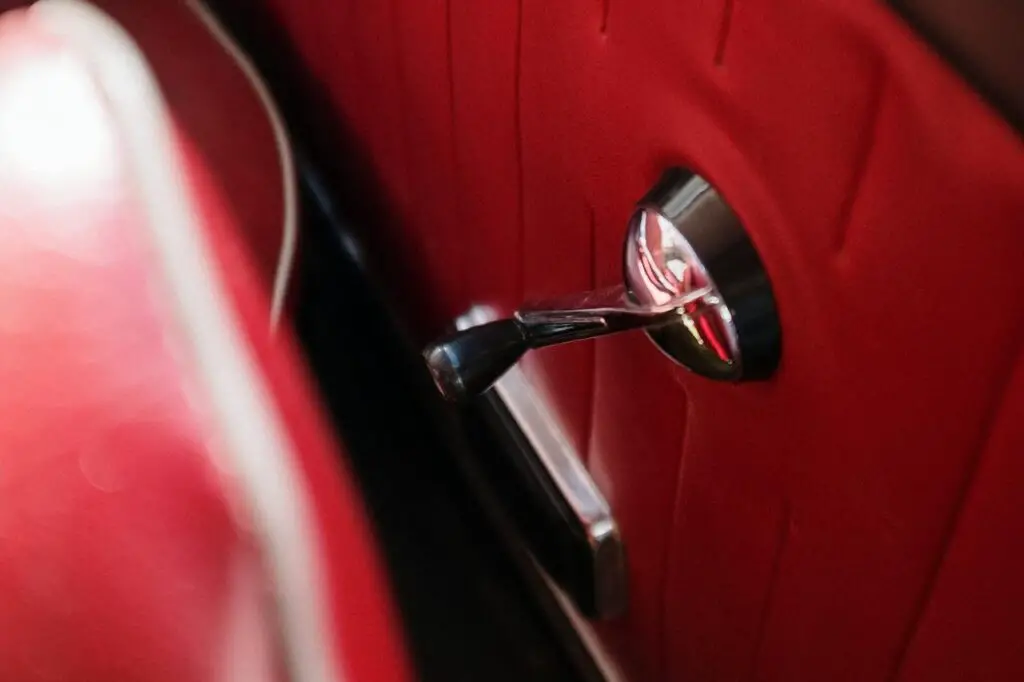
Before power windows became the norm, rolling down car windows required a manual crank handle. Though considered outdated today, manual window cranks were incredibly reliable, with no electrical components that could fail. They also provided a crucial advantage in emergency situations where a power failure could leave occupants unable to open their windows. Despite their durability, the increasing demand for convenience and modernized interiors resulted in the widespread adoption of power windows, making manual cranks a thing of the past.
5. Ashtrays and Cigarette Lighters
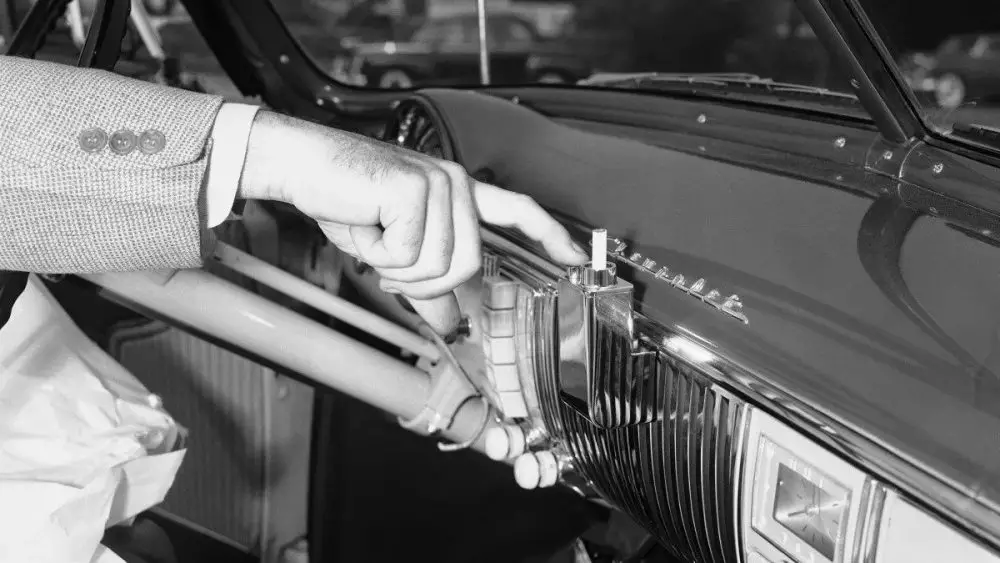
At one time, nearly every car came equipped with a built-in ashtray and a cigarette lighter. These features were a reflection of the high smoking rates in past decades and were standard in both luxury and economy vehicles. The cigarette lighter also doubled as a power source for small devices, a function that later evolved into the 12V accessory socket. As smoking rates declined and car interiors became more refined, manufacturers removed ashtrays and lighters in favor of cup holders and USB charging ports. Today, if a driver wants an ashtray, they must purchase a portable one separately.
6. Hood Ornaments
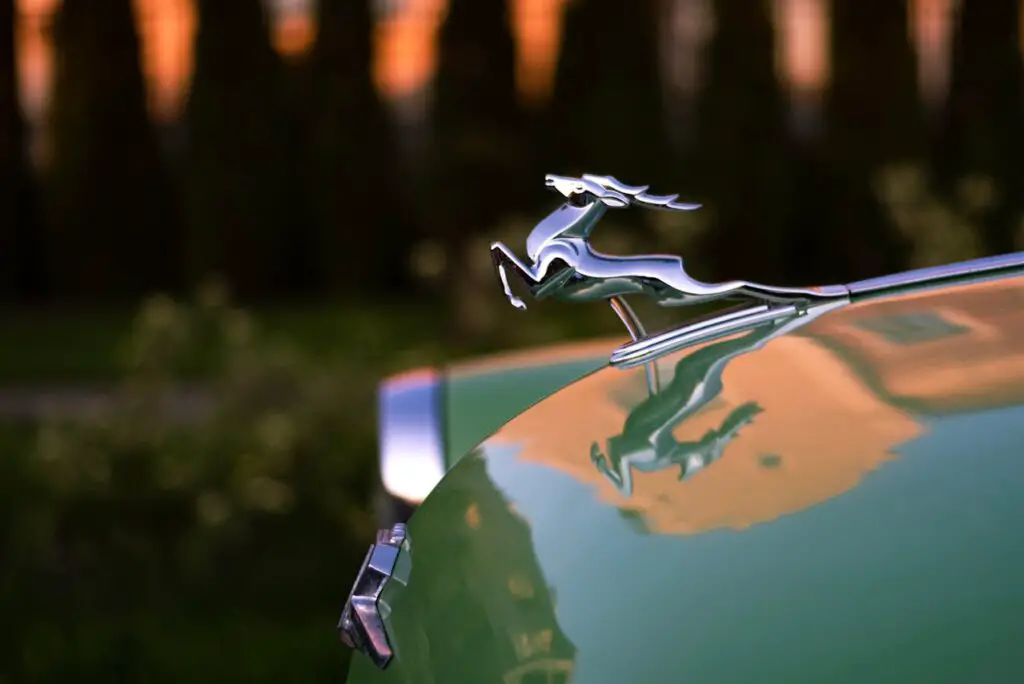
Hood ornaments were once a hallmark of luxury vehicles, symbolizing prestige and elegance. Brands like Mercedes-Benz, Cadillac, and Rolls-Royce used distinctive hood ornaments to make their vehicles stand out. However, concerns about pedestrian safety, theft, and changing design trends led to their decline. Today, most automakers use sleek, embedded emblems instead of raised hood ornaments, maintaining brand identity while keeping up with modern design aesthetics.
7. Floor-Mounted Dimmer Switches
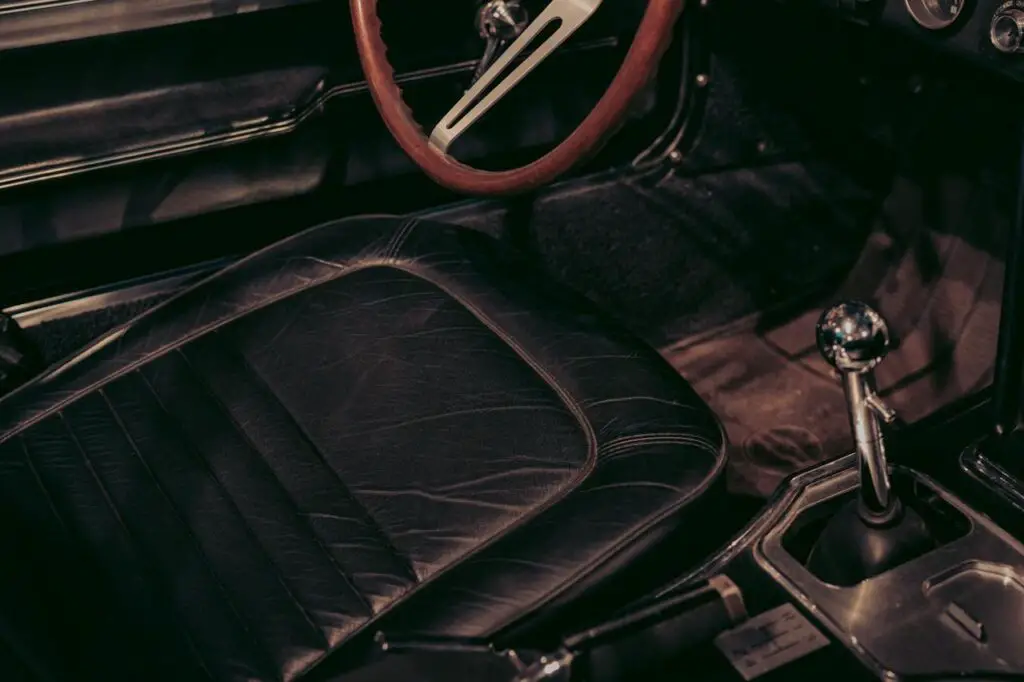
In older vehicles, switching between high and low beam headlights was done using a foot-activated switch mounted on the floor near the driver’s left foot. This setup allowed for seamless switching without taking hands off the steering wheel. As technology advanced, automakers transitioned to steering column-mounted dimmer switches, leading to the disappearance of floor-mounted controls. While modern setups are more ergonomic, many classic car enthusiasts reminisce about the tactile satisfaction of engaging the dimmer switch with their foot.
8. Tailfins
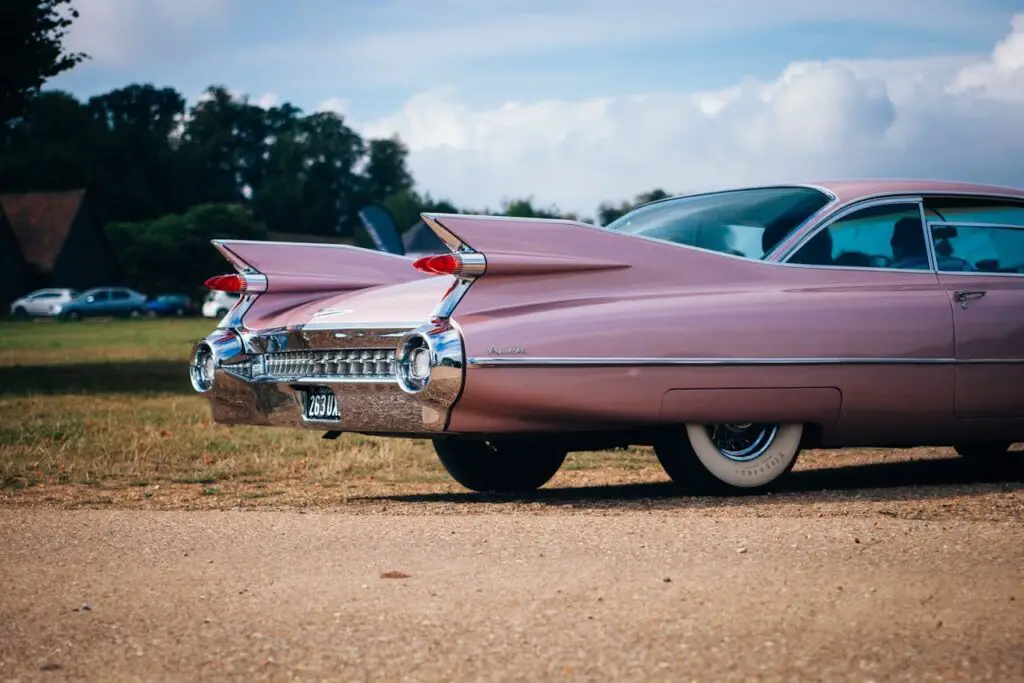
During the 1950s, tailfins were a defining design element, adding a futuristic and aerodynamic flair to cars. Inspired by the aviation industry and the space race, models such as the Cadillac Eldorado and Chevrolet Bel Air featured dramatic tailfins that made a bold style statement. However, as automotive design shifted toward efficiency and practicality, tailfins quickly fell out of favor in the 1960s. Today’s vehicles prioritize aerodynamics and fuel efficiency over extravagant design elements, leaving tailfins as a nostalgic relic of the past.
9. Full-Size Spare Tires
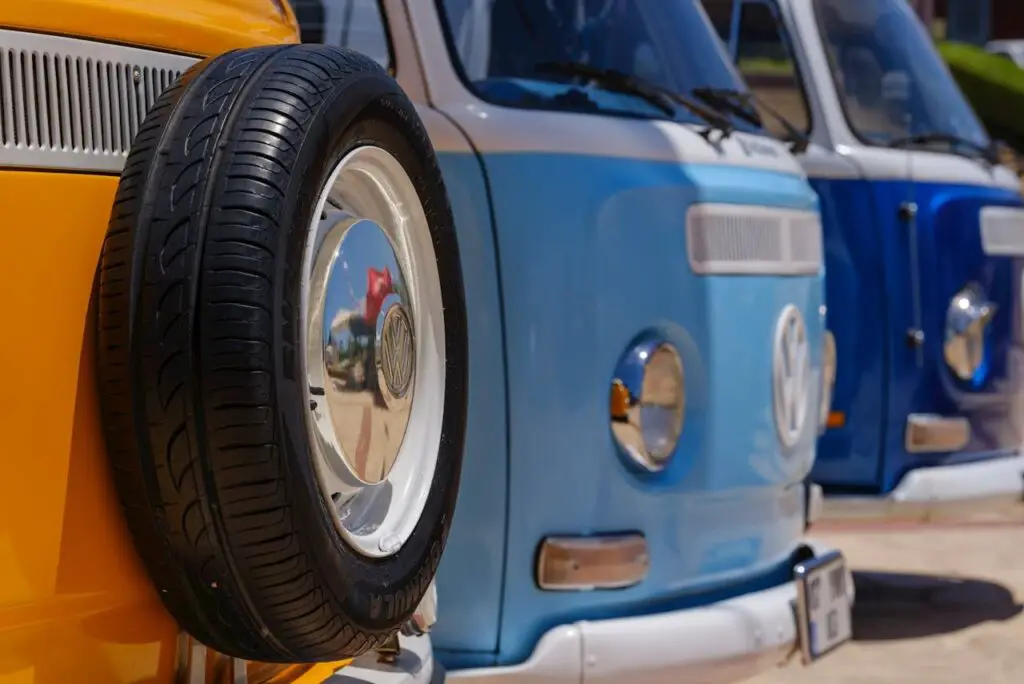
Older vehicles often came equipped with a full-size spare tire in the trunk, ensuring drivers could replace a flat tire without compromising handling or performance. However, in an effort to reduce vehicle weight, improve fuel efficiency, and increase cargo space, manufacturers began replacing full-size spares with space-saver spare tires or tire repair kits. While modern solutions help save fuel and space, they often leave drivers feeling unprepared for a serious tire failure.
10. Analog Gauges and Needle Speedometers
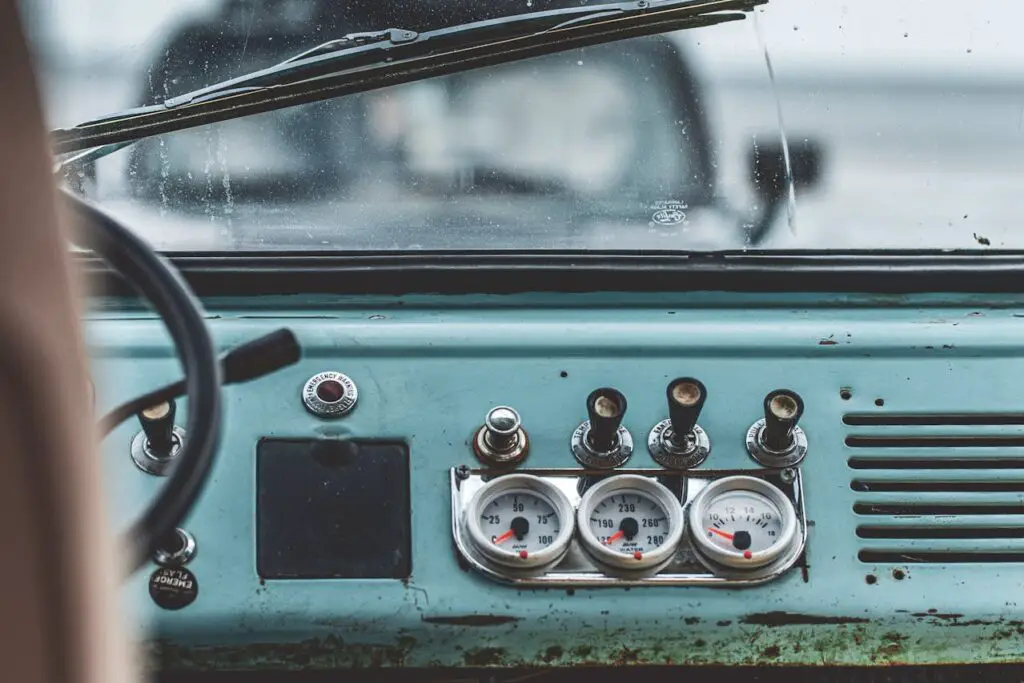
Classic cars featured beautifully crafted analog gauges with mechanical dials and needle speedometers. These gauges not only provided essential driving information but also contributed to the overall aesthetic appeal of the dashboard. With the rise of digital displays, touchscreens, and heads-up displays, analog instrument clusters have become increasingly rare. While modern digital dashboards offer customization and advanced features, they lack the character and timeless charm of classic analog gauges.
Final Thoughts
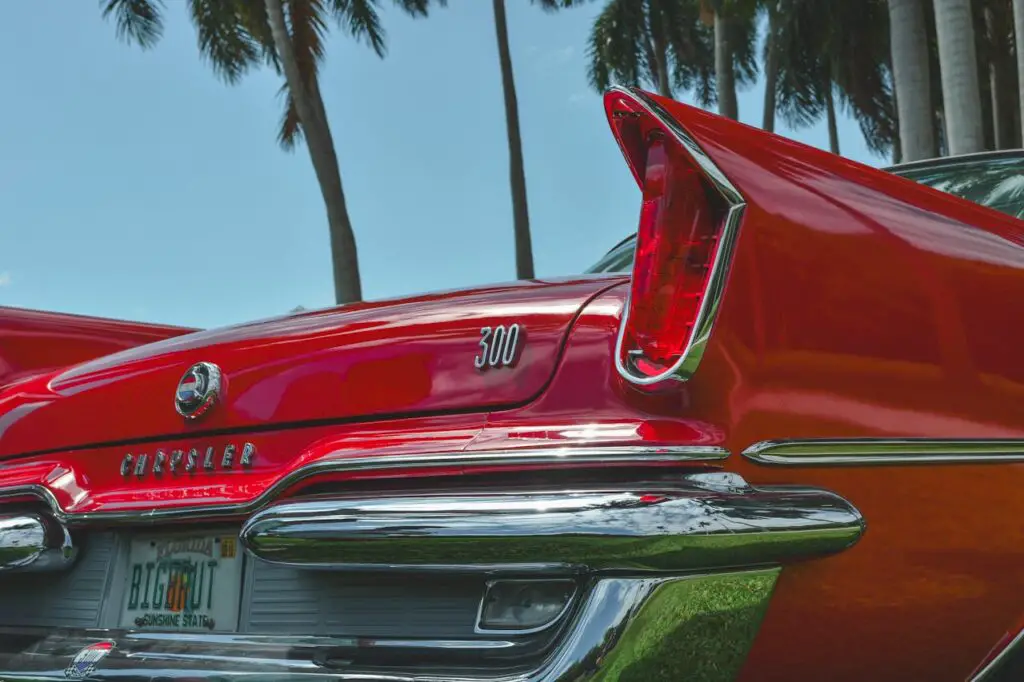
While modern vehicles are packed with cutting-edge technology and safety features, they have lost some of the character and nostalgic charm that older cars possessed. These classic car features not only served practical purposes but also made driving a unique and enjoyable experience. Whether it is the sleek design of pop-up headlights, the simplicity of manual window cranks, or the elegance of hood ornaments, many car enthusiasts still long for the days when these features were standard. Do you miss any of these classic car features? Share your thoughts in the comments!
Leave a Reply